If you’ve ever dreamed of journeying through time, exploring the Sierra Nevada will come quite close. This mountain range, straddling California and Nevada, is a treasure trove of historic sites, each one a time capsule transporting visitors back to pivotal moments in our country’s story.
In this article, we’ll embark on a virtual tour of six such locations. These aren’t just ordinary tourist spots; these are chapters in a living history book, ranging from ancient petroglyphs to evidence of the Gold Rush era. Prepare to be transported through time, from the prehistoric era to the 20th century – all without leaving the magnificent serenity of the Sierra Nevada.
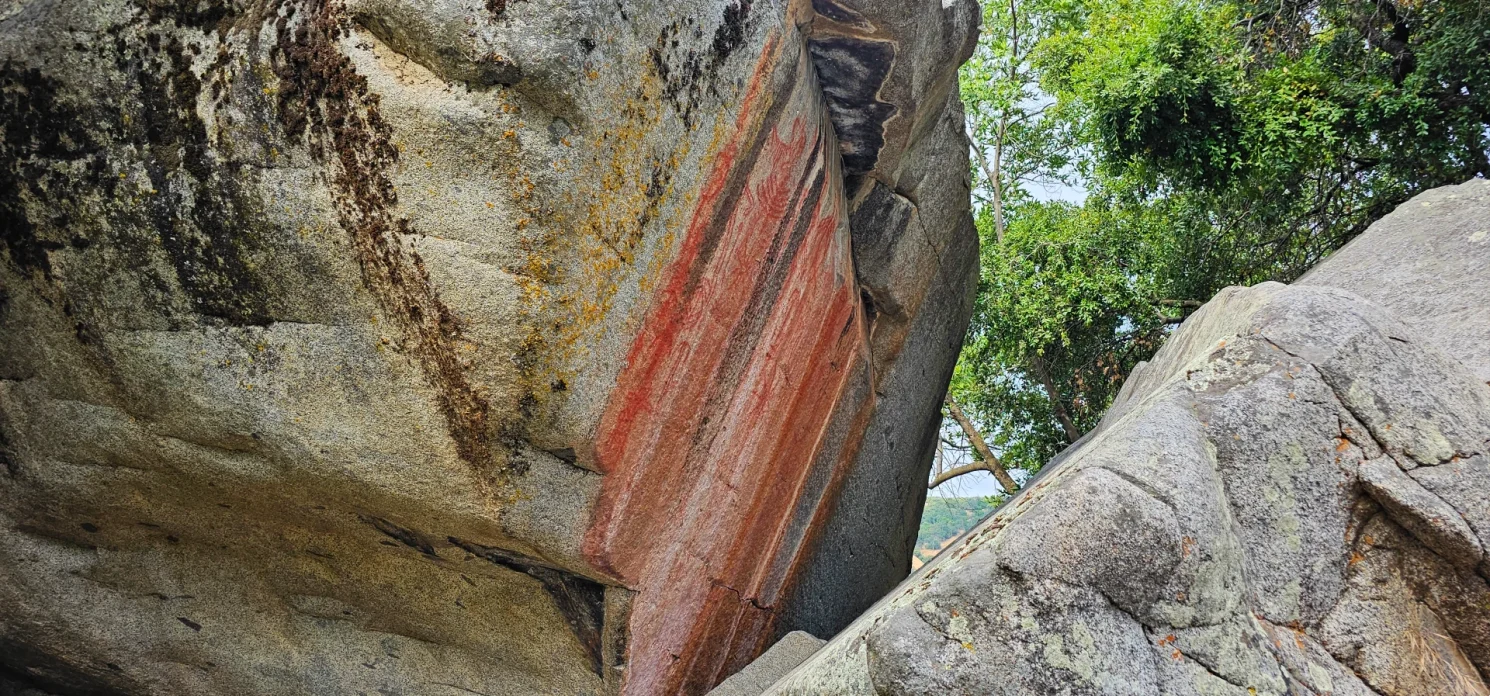
Unraveling the Past: The Ancient Petroglyphs of Sierra Nevada
As we journey through the historic sites in Sierra Nevada, we delve into the heart of ancient history, specifically, the stunning ancient petroglyphs. These petroglyphs, carved into the rock surfaces, serve as a testament to the rich cultural heritage of the indigenous peoples who once inhabited these lands.
The Ancient Art
The petroglyphs of Sierra Nevada are a unique blend of abstract designs, human figures, and animal motifs. These carvings provide a fascinating insight into the spiritual beliefs, rituals, and daily life of the ancient people.
* Abstract Designs: These usually consist of geometric shapes, intricate patterns, and symbols. They are believed to have spiritual or ritualistic significance.
* Human Figures: Often depicted in a stylized manner, these figures provide a glimpse into the social structure and activities of the ancient communities.
* Animal Motifs: These depict various animals, including deer, bighorn sheep, and birds. They may represent hunting scenes or spiritual totems.
The Location
The petroglyphs are scattered throughout the Sierra Nevada, predominantly in secluded canyons and high-altitude areas. These hard-to-reach places might have been chosen for their spiritual significance or for the quality of their rock surfaces.
Understanding the Petroglyphs
Deciphering the meanings behind these ancient carvings is not an easy task. Many theories have been proposed, but much of the symbolism remains shrouded in mystery. Here are a few key points to consider:
* The Purpose: The petroglyphs may have served various purposes, such as storytelling, ritualistic ceremonies, or marking territory.
* The Creation Process: The petroglyphs were created using stone tools to chip away at the rock surface. This painstaking process demonstrates the importance of these carvings to the ancient people.
* The Age: It is difficult to date rock art precisely, but experts estimate that some of the Sierra Nevada petroglyphs could be up to several thousand years old.
The ancient petroglyphs of Sierra Nevada offer an intriguing glimpse into the past, allowing us to connect with the indigenous cultures that thrived in this region long before the arrival of modern civilization. As we marvel at these historic masterpieces, we are reminded of the deep-rooted history that lies within the heart of Sierra Nevada.
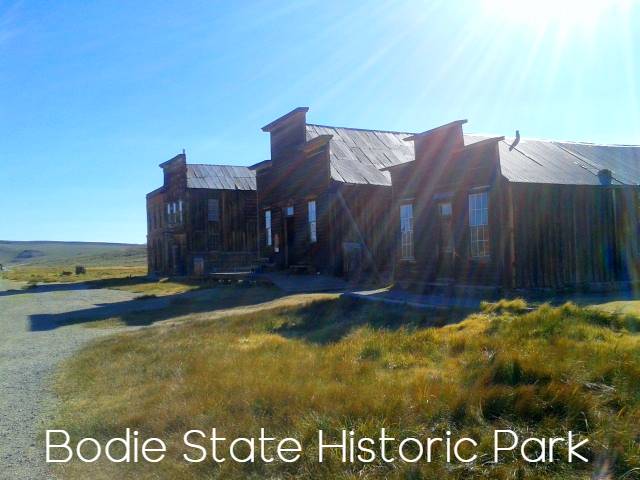
A Stroll Through History: The Ghost Town of Bodie
The Sierra Nevada mountain range is home to a vast array of historic sites and none capture the imagination quite like the Ghost Town of Bodie. This well-preserved, 19th-century gold-mining settlement offers a fascinating glimpse into the past, allowing visitors to step back in time and experience a slice of California’s rich history.
Location and History
Nestled in the eastern part of the Sierra Nevada, Bodie is a testament to the Gold Rush that swept through California in the 1800s. The town was named after W.S. Bodey who discovered gold in the hills near Mono Lake. At its peak, Bodie boasted a population of approximately 10,000 residents and more than 2000 buildings. However, the town went into decline as gold reserves dwindled, and by the 1940s, it was officially designated a ghost town.
What to Expect
Visiting Bodie is like stepping into a time capsule. There are over 100 structures still standing today, preserved in a state of ‘arrested decay’. Here’s what you can expect:
– The Bodie State Historic Park: This park preserves the ghost town and offers self-guided tours for visitors. It’s a chance to wander the deserted streets and peek into homes and businesses that have been left untouched since the residents departed.
– The Stamp Mill: This is where the gold was extracted from quartz rock. The original mill burned down in 1898 but was rebuilt by the mining company and is now one of the main highlights of the town.
– The Museum: Located in the Miner’s Union Hall, the museum showcases photographs, maps, and artifacts that tell the story of Bodie’s past.
Tips for Visitors
When planning a visit to Bodie, keep these tips in mind:
– The town is open all year round, but the best time to visit is during the summer months when the weather is more predictable.
– There are no services in Bodie, so bring any food, water, or other necessities you may need.
– It can be chilly even in summer, so dress in layers and wear comfortable shoes.
In short, the Ghost Town of Bodie is a must-visit for history enthusiasts and those wanting to experience the remnants of the Gold Rush era. Its enduring structures, intriguing history, and eerie quiet make it an unforgettable stop on any Sierra Nevada historic site tour.
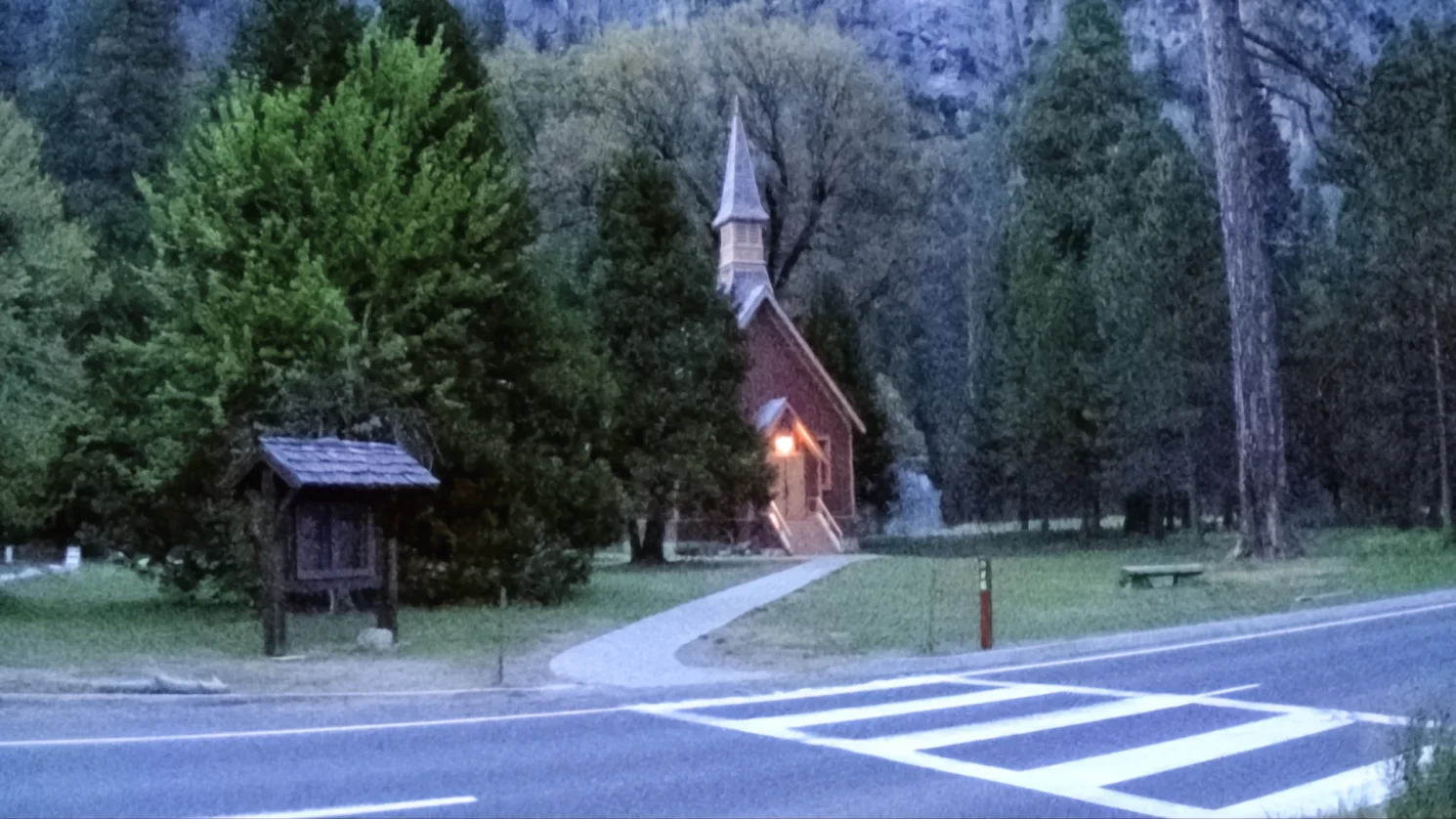
Reflecting on Glory: The Yosemite Valley Chapel
Immersed in the heart of the Yosemite National Park, amidst the grandeur of the rugged cliffs and serene meadows, stands the Yosemite Valley Chapel. This historic site offers a unique experience of time travel through its rich history and heritage. As one of the oldest structures in the park, the Yosemite Valley Chapel stands as a testament to the architectural prowess of the past and serves as a beacon of spirituality for both locals and tourists alike.
• Historical Significance: The Yosemite Valley Chapel was constructed in 1879 by Reverend Charles L. Higgins. This makes it the oldest standing structure in the park. Over the years, it has witnessed numerous monumental events, making it a significant part of Yosemite’s history.
• Architectural Splendor: The chapel stands out because of its unique architectural design. It’s a fantastic example of the Carpenter Gothic style, characterized by pointed arch windows and steep gables. The chapel’s simplicity and elegance blend seamlessly with the surrounding natural beauty, creating a breathtaking sight.
• Cultural Significance: The Yosemite Valley Chapel is not merely a historical structure, but also a vibrant cultural hub. It continues to serve as a place of worship and hosts regular Sunday services and special events like weddings and memorial services. The chapel is an integral part of the community’s spiritual life, adding to its cultural significance.
• Scenic Beauty: The chapel’s location adds to its allure. Nestled in the valley surrounded by towering cliffs and lush greenery, the chapel provides a serene and tranquil environment. Visitors can take a leisurely stroll around the chapel, soaking in the panoramic views of the Yosemite Valley.
• Preservation Efforts: The chapel has been meticulously preserved over the years. It was moved from its original location in 1901 due to flood threats and was later added to the National Register of Historic Places in 1973. These efforts have ensured that the chapel continues to stand as a beacon of history and spirituality.
Reflecting on the glory of the Yosemite Valley Chapel allows visitors to appreciate the intricate relationship between man and nature that has existed throughout the ages. It is this timeless appeal that makes the chapel a must-visit historic site in the Sierra Nevada region.
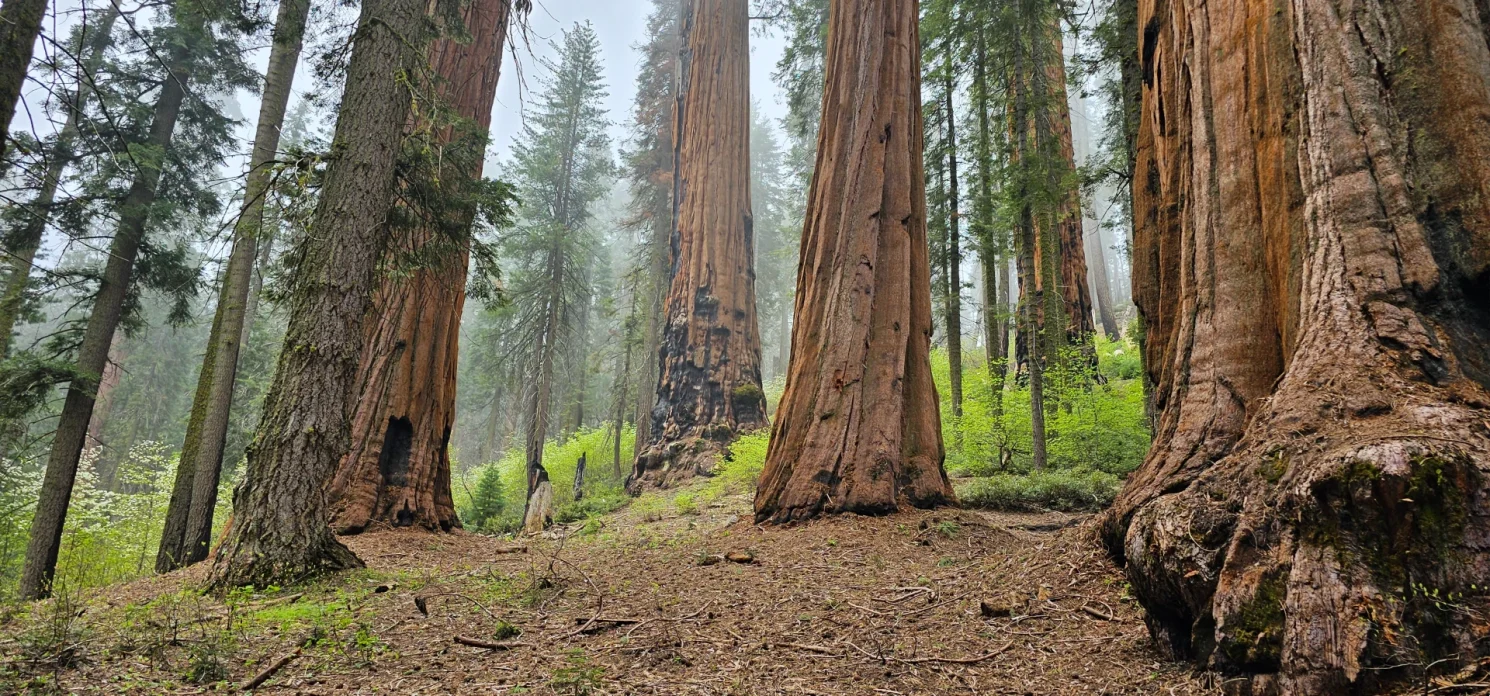
Immersed in Nature: The Sequoia National Park
A journey through the Sierra Nevada is incomplete without a visit to the iconic Sequoia National Park, a testament to the grandeur of nature. Nestled in the heart of the Sierra Nevada, this historic site is home to some of the oldest and largest living things on earth, the majestic Sequoia trees. A walk through this park is akin to walking back in time, witnessing the evolution of nature and the indomitable spirit of life.
The Majestic Sequoias
– The Sequoia National Park is home to the largest tree on earth by volume, the General Sherman Tree. This giant stands at a towering height of 275 feet, with a diameter of 36 feet at its base!
– The park is also home to five of the ten largest trees in the world, including the General Grant Tree, the second largest, known as “America’s Christmas Tree” due to its annual Christmas celebration.
– These trees are not only massive but incredibly ancient, with many of them over 2,000 years old. They are a living testament to the resilience and continuity of life.
Exploring the Park
Beyond the awe-inspiring Sequoias, the park offers a range of activities and attractions:
– Hiking: There are over 800 miles of hiking trails, ranging from easy walks to challenging hikes. Some popular trails include the Congress Trail, the Alta Trail, the Big Trees Trail, and the Moro Rock Trail that offer spectacular views of the Sequoias and the surrounding landscape.
– Wildlife Viewing: The park is home to a diverse range of wildlife, including black bears, mule deer, and over 200 species of birds.
– Cave Exploring: The Crystal Cave, a marble karst cave, offers guided tours that take you through its stunning formations.
– Stargazing: With its clear, dark skies, the park offers excellent opportunities for stargazing, further immersing visitors in the beauty of nature.
Historical Significance
The Sequoia National Park was established in 1890, making it the second oldest national park in the United States, after Yellowstone. It was created to protect the giant Sequoias from logging. Today, the park serves as a reminder of our responsibility to preserve and protect nature.
In conclusion, a visit to the Sequoia National Park is an immersive journey into nature and history. As you walk beneath the towering Sequoias, reflect on the passage of time and the enduring beauty of our natural world.
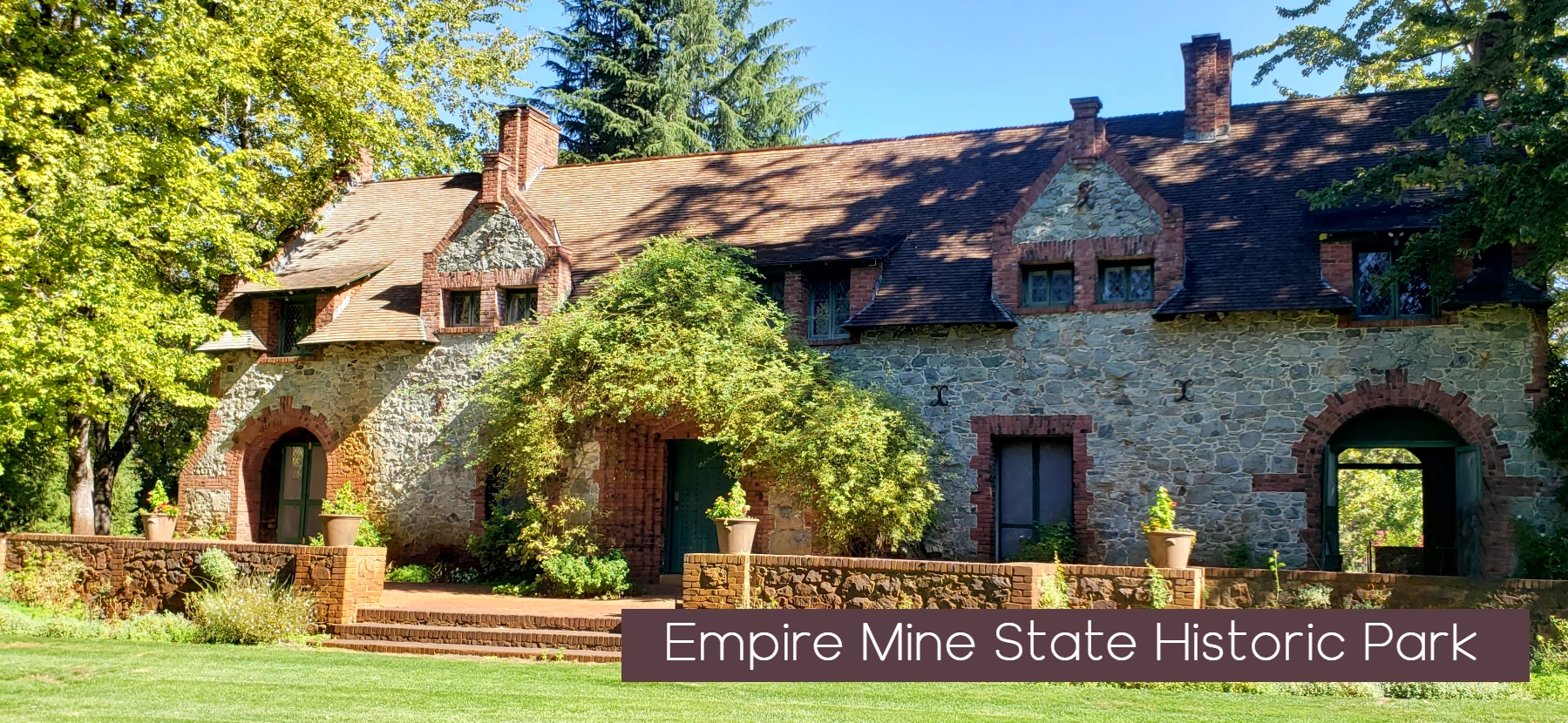
Echoes of the Gold Rush: The Empire Mine State Historic Park
Stepping into the Empire Mine State Historic Park is like being whisked back to the peak of the Gold Rush era. Located in Grass Valley, this historic site was once the richest hard-rock gold mine, which operated for more than 100 years from 1850 to 1956. Over these years, the mine produced 5.8 million ounces of gold. Today, the park preserves and showcases the rich history and legacy of California’s Gold Rush.
Historic Highlights
– The Empire Mine: The main feature of the park is the Empire Mine itself. Visitors can explore the mine yard, where you’ll find the entrance to the deep shafts that plunge as much as a mile beneath the Earth’s surface. Though the actual mine shafts are closed for safety reasons, visitors can get a sense of their scale and significance.
– The Bourn Cottage: This is the estate of the mine’s owner, William Bourn Jr., which was built in 1897. The Cottage showcases the elegance and affluence of the period with its well-preserved architecture and manicured gardens.
– The Mine Model: A detailed scale model of the mine is on display, giving a clear picture of the vast network of tunnels and shafts that snake beneath the surface. This model is a real eye-opener to the engineering marvel that the Empire Mine was.
Experiences and Activities
Visitors to the Empire Mine State Historic Park have the opportunity to:
– Take a guided tour around the Bourn Cottage and the mine yard, learning about the mine’s history, the Gold Rush era, and the lives of the miners.
– Enjoy a leisurely walk through the beautiful gardens, which were designed by the famous landscape architect Bruce Porter.
– Participate in special events that are held throughout the year, including Living History Days where actors reenact the lives of the Bourn family and the miners.
– Explore the park’s hiking and horseback riding trails, which wind through the woodland areas surrounding the mine.
The Empire Mine State Historic Park truly encapsulates the echoes of the Gold Rush era. It provides a fascinating glimpse into the past, showing both the glittering wealth that the Gold Rush brought and the tough, rugged lives of the miners who worked to extract it. This essential Sierra Nevada site offers an enriching and engaging experience for history enthusiasts and adventurers alike.
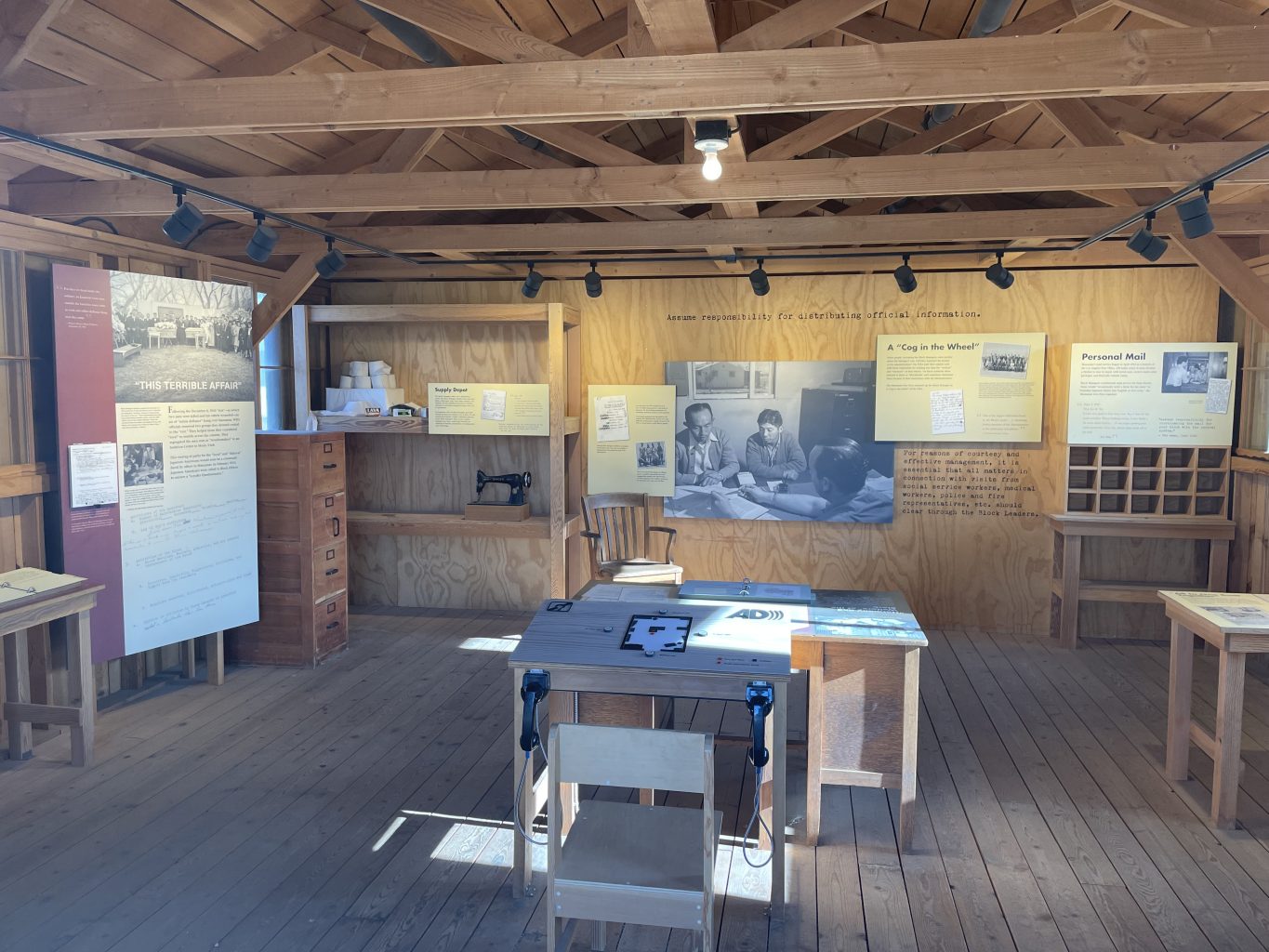
A Testament to Resilience: The Manzanar National Historic Site
Delving into a darker chapter in American history, the Manzanar National Historic Site is a testament to resilience and strength of the human spirit. Situated at the foot of the Sierra Nevada in California, this site evokes poignant memories of the past. It served as one of ten American concentration camps where over 110,000 Japanese Americans were unjustly incarcerated during World War II.
Manzanar: A Snapshot
– Established as a National Historic Site in 1992, Manzanar stands as a reminder of the fragility of American civil liberties.
– The site covers an impressive 814 acres, with remnants of the original structures serving as silent witnesses to the past.
The Encounter with History
Walking through Manzanar, you are instantly transported back to the early 1940s. Although the barracks and communal facilities no longer stand, you can still envision the lives that were lived within these confined spaces.
– The reconstructed barracks and mess hall give a glimpse into the daily life of those interned.
– The poignant “Soul Consoling Tower,” a monument built by the internees, stands as a symbol of their sorrow and hope.
– The cemetery at Manzanar, where some internees chose to be buried, is a moving testament to their enduring connection to this place.
The Manzanar Interpretive Center
A visit to Manzanar would be incomplete without a stop at the Interpretive Center. Housed in the former auditorium, it provides a comprehensive insight into the history of the site.
– The Center features a variety of exhibits, including photographs, documents, and personal testimonies that narrate the story of Manzanar.
– A 22-minute film titled “Remembering Manzanar” provides an immersive experience into the lives of the internees.
The Resilience of Manzanar
Despite the harsh conditions and injustices, the internees of Manzanar displayed remarkable resilience.
– They established gardens, ponds, and even a small zoo, bringing beauty to their austere surroundings.
– Schools, sports, arts, and various community activities were organized, showing a determination to maintain a semblance of normalcy amid adversity.
The Manzanar National Historic Site is more than just a destination. It’s a journey into a chapter of history that challenges us to reflect on the values of justice and equality. As you navigate through Sierra Nevada’s memorable historic sites, ensure that Manzanar is on your list. Its powerful narrative not only enriches your understanding of American history but also pays tribute to the resilience and endurance of the human spirit.
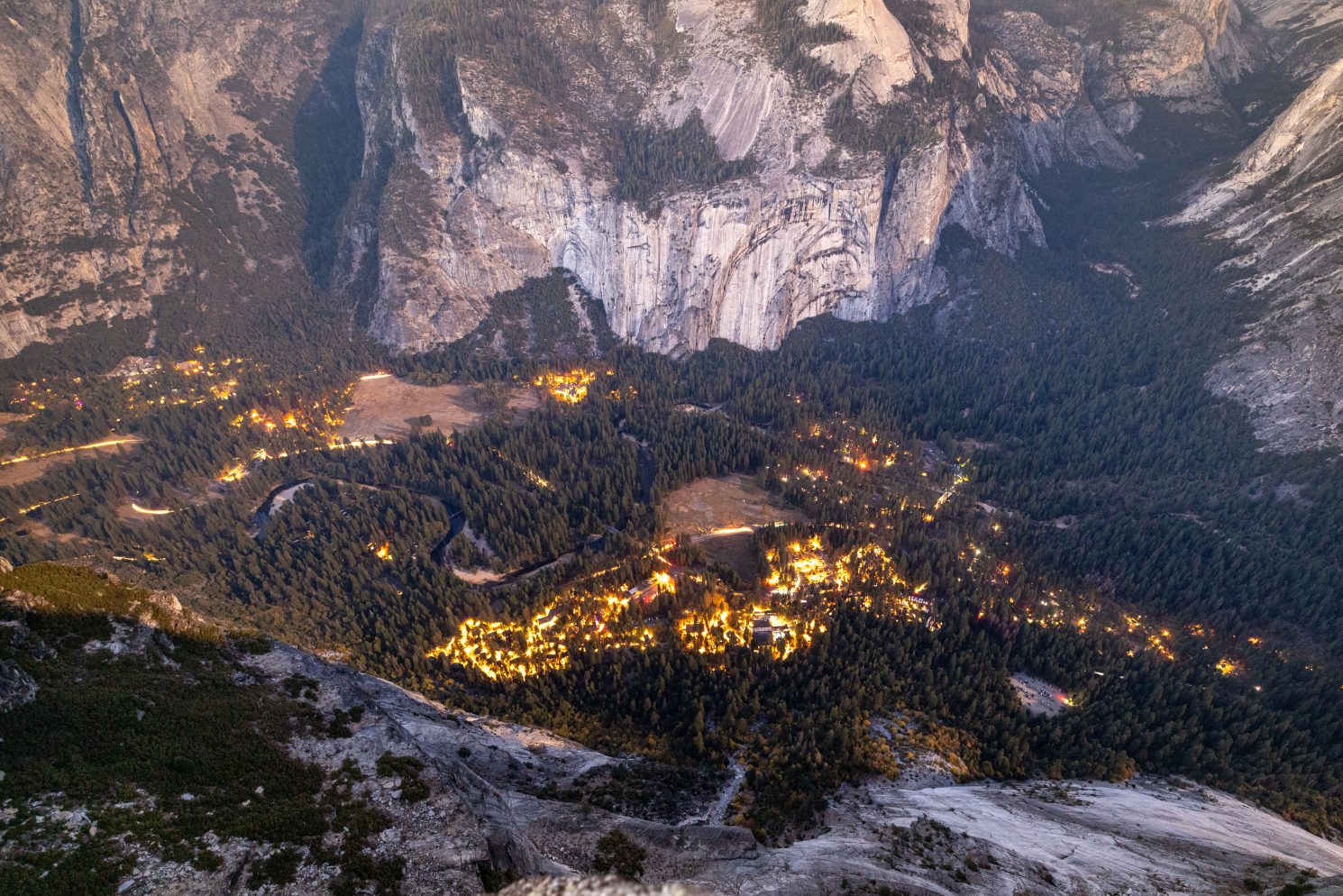
The Historic Value of Sierra Nevada
The Sierra Nevada is more than just a mountain range; it’s an encapsulation of history, a testament to nature’s enduring beauty, and a living museum of human resilience. Its historic sites provide us with a unique insight into the chapters of the past and inspire us to reflect on our present and future.
• The Ancient Petroglyphs: These etchings in stone reveal a glimpse into the lives of the region’s first inhabitants, their beliefs, and their relationship with the land. They remind us of the continuous thread of human existence and the universal need to communicate and express ourselves.
• The Ghost Town of Bodie: As one walks through the deserted streets, it’s impossible not to feel a sense of nostalgia for the once-thriving community. This ghost town stands as a stark reminder of the transient nature of human endeavors and the relentless march of time.
• Yosemite Valley Chapel: This quaint chapel, set against the backdrop of some of the world’s most impressive natural wonders, is a symbol of human tenacity and faith. Its very presence amidst the wilderness is a testament to the human spirit’s resilience.
• Sequoia National Park: Home to some of the oldest and largest living organisms on Earth, this park is a humbling reminder of our place in nature and the importance of conservation. It’s a living testament to the majestic beauty and enduring strength of the natural world.
• Empire Mine State Historic Park: This site encapsulates the Gold Rush era’s allure and the human quest for wealth and progress. It serves as a reminder of the profound impact of human activity on the landscape and the complex legacies we leave behind.
• Manzanar National Historic Site: A stark reminder of a dark chapter in history, this site is a poignant testament to human resilience and the importance of remembering and learning from our past.
The Sierra Nevada is a history book written in stone, trees, and structures. Each historic site is a chapter that tells a story of human courage, resilience, faith, and the eternal allure of nature. These sites are not just relics of the past; they carry lessons for the present and warnings for the future. So, as we time travel through these historic sites, we are not just exploring history; we are also learning about ourselves and our place in the world.











